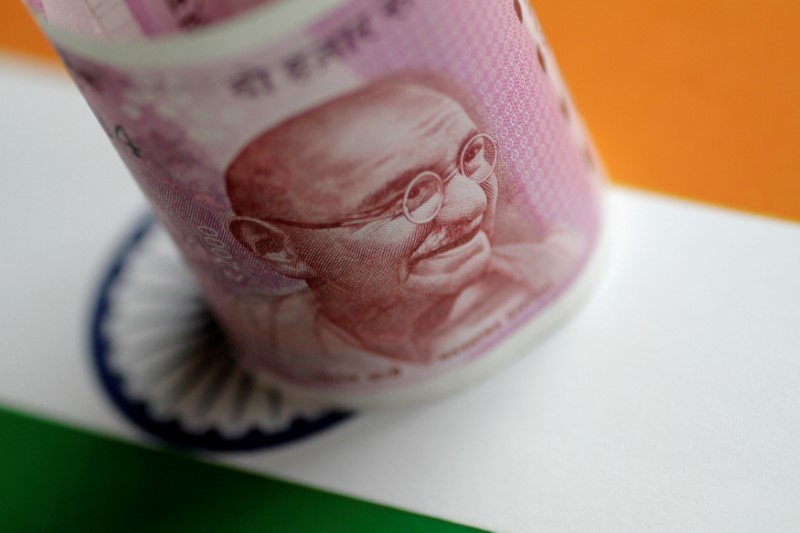US stock futures muted with Jackson Hole, retail earnings on tap
India's Current Account Deficit (CAD) for the June quarter ended lower than consensus at 1.1% of GDP, as per the latest central bank data, indicating a significant drop from the 2.1% of GDP in the same period a year ago. However, the situation is expected to change dramatically during the remainder of FY24 with little signs of crude oil prices easing and exports shrinking.
Crude oil prices play a pivotal role in determining India's CAD as fuel accounts for over a fourth of India's import basket. The prices of Russian crude oil, which constitutes more than 30% of India's fuel imports, have been on an upward trend since August. This surge in prices is likely to result in a wider CAD for the rest of the fiscal year.
The CAD for the June quarter was largely influenced by a contraction in the trade deficit during this period. However, economists now predict that the second-half CAD could exceed 2% of GDP from June levels due to rising crude prices and shrinking exports.
In September, crude oil prices continued to face upward pressure due to supply-side cuts by OPEC and stronger than anticipated demand for crude oil. The price of Russian crude touched $80 a barrel, up from an implied price of $66 a barrel during the June quarter.
According to Barclays Research, a $10 per barrel increase in oil prices could deteriorate India's current account position by nearly $10-12 billion or 30-32bps of GDP. HDFC Bank estimates suggest that the CAD is likely to rise to between 2.2% and 2.4% of GDP in the second quarter.
Gaura Sengupta, an economist at IDFC Bank, indicated that if crude oil prices average at $100 per barrel in the second half of Fiscal 2023-24, then the full year current account deficit could widen to 2.1% of GDP, which is within sustainable levels.
Sengupta also noted that there could be added pressure on non-oil imports, as the rise in the trade deficit over recent months has been driven by net non-oil non-gold imports. This reflects relatively strong domestic demand compared to external demand, supported by urban demand and capex expenditure by the government.
Ratings firm Icra estimates that with the average merchandise trade deficit trending higher in July-August 2023 relative to June quarter levels, and the recent rise in crude oil prices, the CAD could widen sequentially to $19-21 billion or 2.3% of GDP in the September quarter.
Aditi Nayar, chief economist and head of research & outreach at Icra Ltd, projects that the CAD will widen to $73-75 billion (-2.1% of GDP) in FY2024 from $67.0 billion (-2.0% of GDP) in FY2023, assuming an average crude oil price of $90/bbl in H2 FY2024.
This article was generated with the support of AI and reviewed by an editor. For more information see our T&C.
